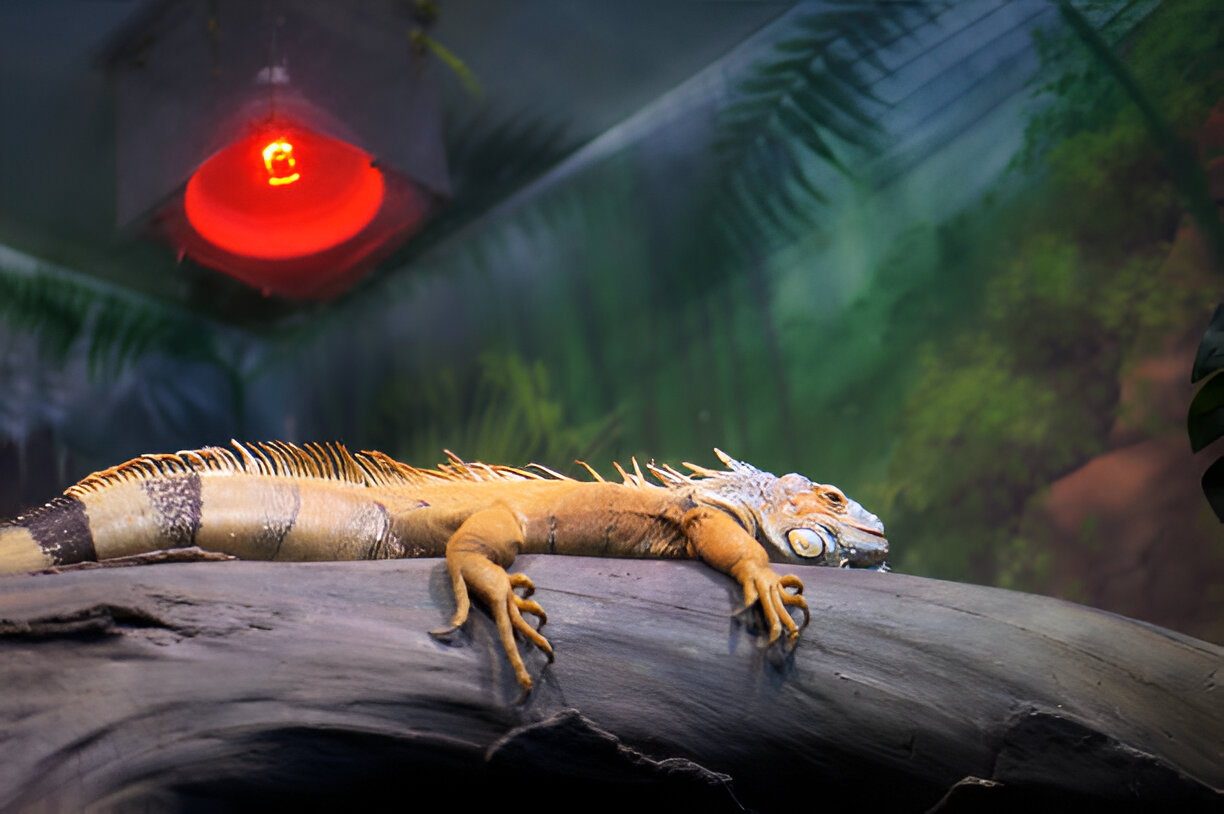How to Keep a Reptile Tank Humid
Maintaining proper humidity levels in a reptile tank is crucial for the health and well-being of your pet. Different reptile species require different humidity levels for optimal health, growth, and behavior. Whether you have tropical, desert, or semi-arid species, creating the right humidity environment can enhance your reptile's life expectancy and prevent various health issues like dehydration, skin shedding problems, or respiratory infections.
In this guide, we will explore the essentials of maintaining a humid environment for your reptile, from understanding the species-specific requirements to the equipment you need.
1. Understand Your Reptile's Humidity Needs
The first step in ensuring that your reptile tank is properly humidified is understanding the specific humidity requirements for the species you're keeping. For example:
- Tropical reptiles (e.g., frogs, chameleons, anoles) require high humidity (60%-80%).
- Desert reptiles (e.g., bearded dragons, leopard geckos) need lower humidity levels (20%-40%).
- Semi-arid reptiles (e.g., snakes from scrublands or woodlands) require moderate humidity (40%-60%).
Research the exact range that your pet species needs to ensure a comfortable and healthy environment.
2. Setting Up the Tank
- Enclosure Type: Choose an enclosure that can help maintain humidity. Glass tanks are better at retaining moisture compared to mesh or wire cages.
- Tank Size: A larger tank can sometimes be harder to keep humid, so it's essential to have proper equipment in place to adjust and maintain the humidity level.
- Substrate: Use moisture-retaining substrates like coconut husk, sphagnum moss, or cypress mulch. These retain water and help maintain the humidity inside the tank.
3. Use of Humidifiers and Misting Systems
To keep the humidity high, you may need to use additional equipment such as:
- Humidifiers: These devices disperse moisture into the air, helping to maintain a consistent humidity level.
- Automatic Misting Systems: These systems release fine mist at intervals, ensuring that your tank is not only humid but that the water is distributed evenly throughout the environment.
4. Water Features
Adding a water dish to your tank can help increase the humidity. The evaporation from the water increases moisture in the air. If possible, a small water feature like a fountain can help generate a more consistent humidity level and add a natural aesthetic.
5. Monitoring Humidity Levels
A humidity gauge (hygrometer) is an essential tool for monitoring the moisture level in your reptile tank. Keep it in a location where it will give you an accurate reading of the entire environment. Regularly check the levels to ensure they remain within your reptile’s ideal range.
6. Temperature and Humidity Balance
Temperature is a critical factor in maintaining humidity. Warmer air holds moisture better, so the temperature should be appropriate for your reptile. Be careful, however, to ensure that it doesn't get too hot, as excessive heat can dehydrate your pet.
7. Daily Maintenance
- Misting: Light misting, especially for tropical species, helps maintain humidity throughout the day.
- Watering the Substrate: Some substrates require regular dampening to keep them moist.
- Check for Mold: Excessive humidity can lead to mold growth. Keep an eye on your tank's condition to prevent any issues.
8. Seasonal Adjustments
Humidity needs can fluctuate with the seasons. During colder months, you may need to increase the humidity in your tank, especially if you are using a heater that dries out the air.
9. Humidity Troubleshooting
- Condensation: If you notice condensation on the sides of the tank, it may be a sign that humidity levels are too high. Adjust the misting schedule or open a vent.
- Dry Substrate: If the substrate is drying out too quickly, consider adding a humidifier or adjusting the ventilation to retain more moisture.
10. Humidity and Health: How It Affects Your Reptile
Humidity plays a critical role in your reptile’s overall health:
- Skin and Shedding: Reptiles rely on the right humidity to shed their skin properly. Too low of humidity can lead to shedding issues.
- Respiratory Health: Many reptiles can suffer from respiratory issues if humidity is either too high or too low.
- Hydration: Proper humidity helps your reptile stay hydrated, especially for species that do not drink from a bowl but rather absorb moisture through their skin.
Conclusion
Maintaining the right humidity is an essential part of caring for your reptile. By providing the right environment tailored to your pet's needs, you ensure that they stay healthy, comfortable, and thrive. Whether you're using misting systems, humidifiers, or proper substrates, consistent monitoring and adjustments will help you maintain the perfect balance.

